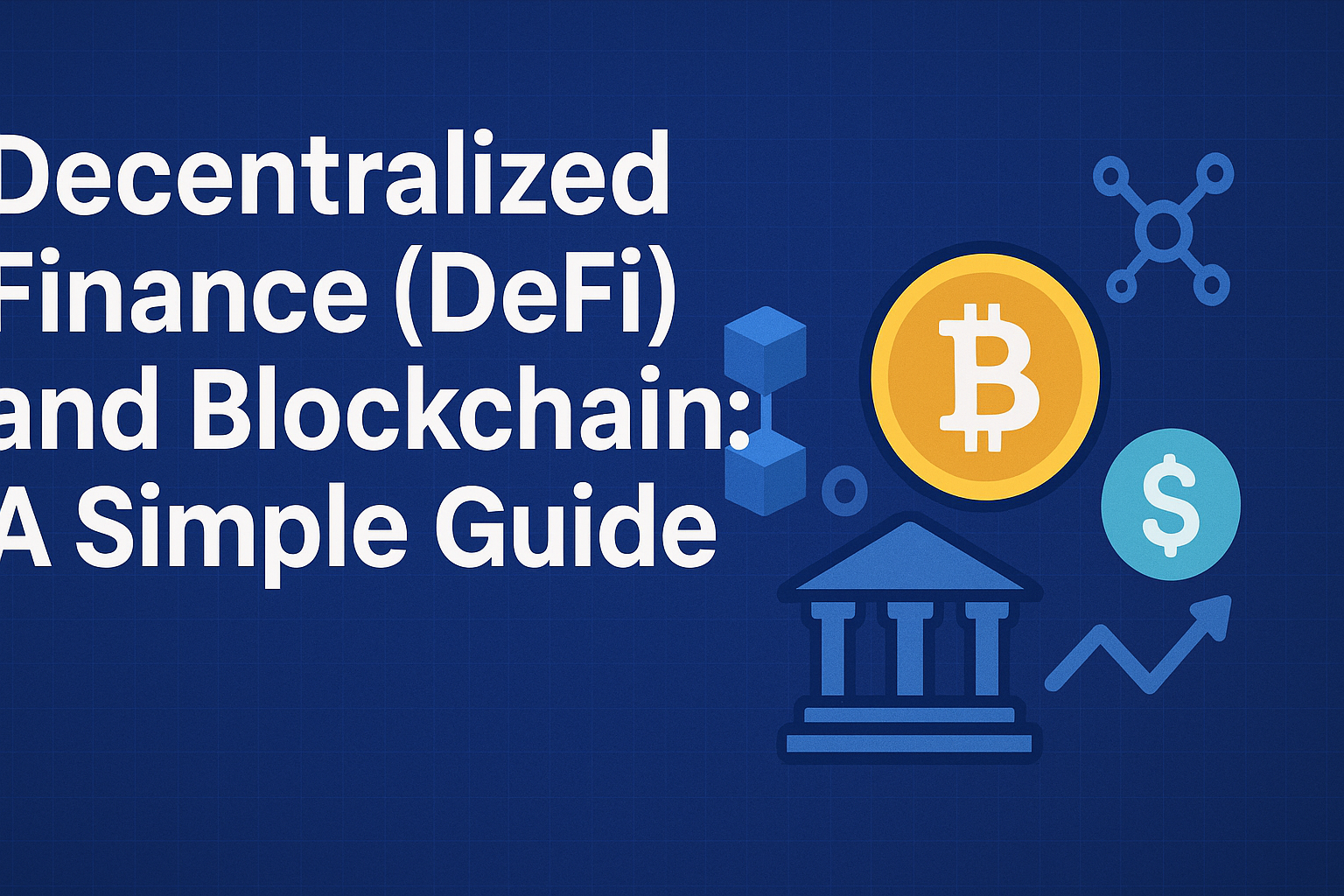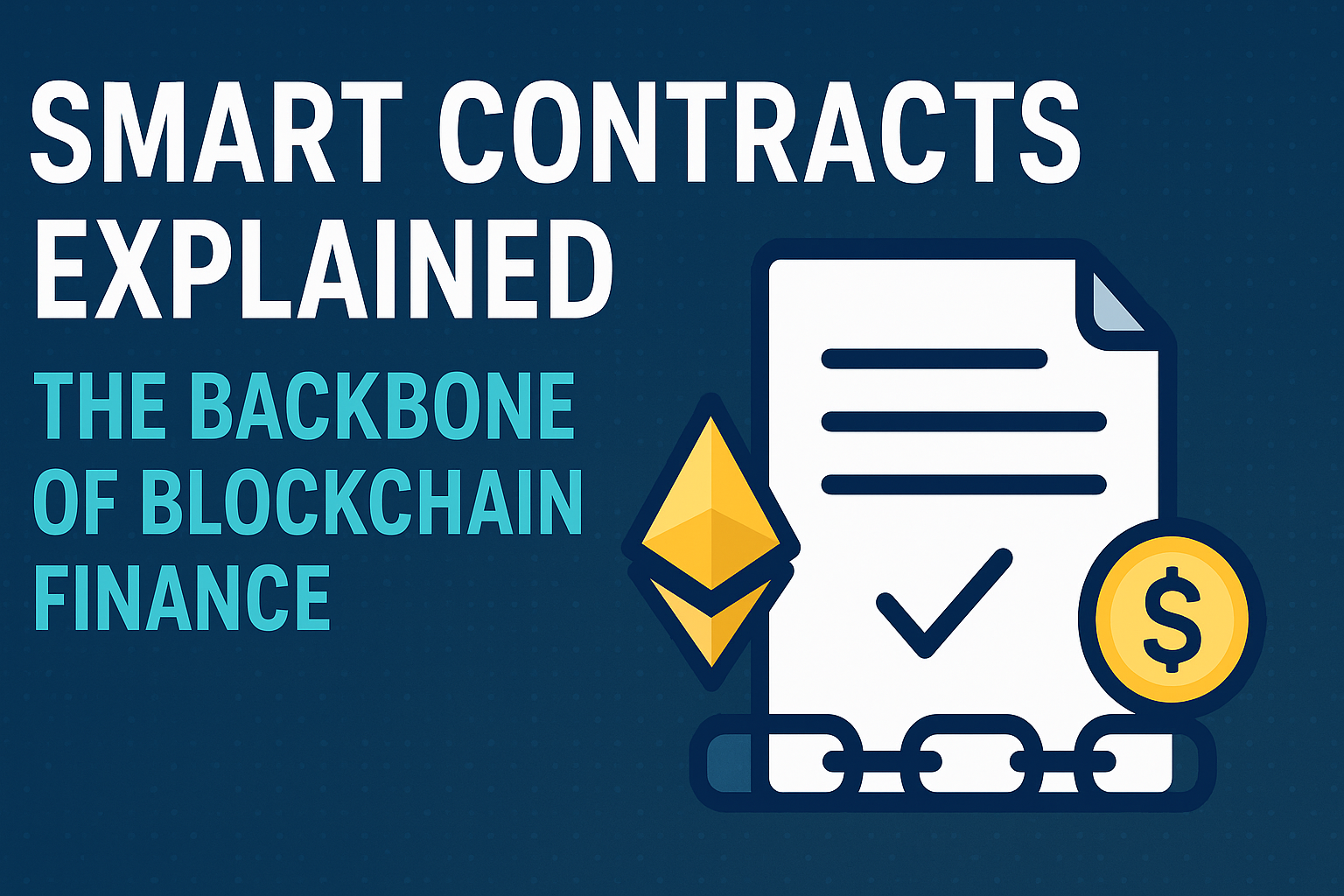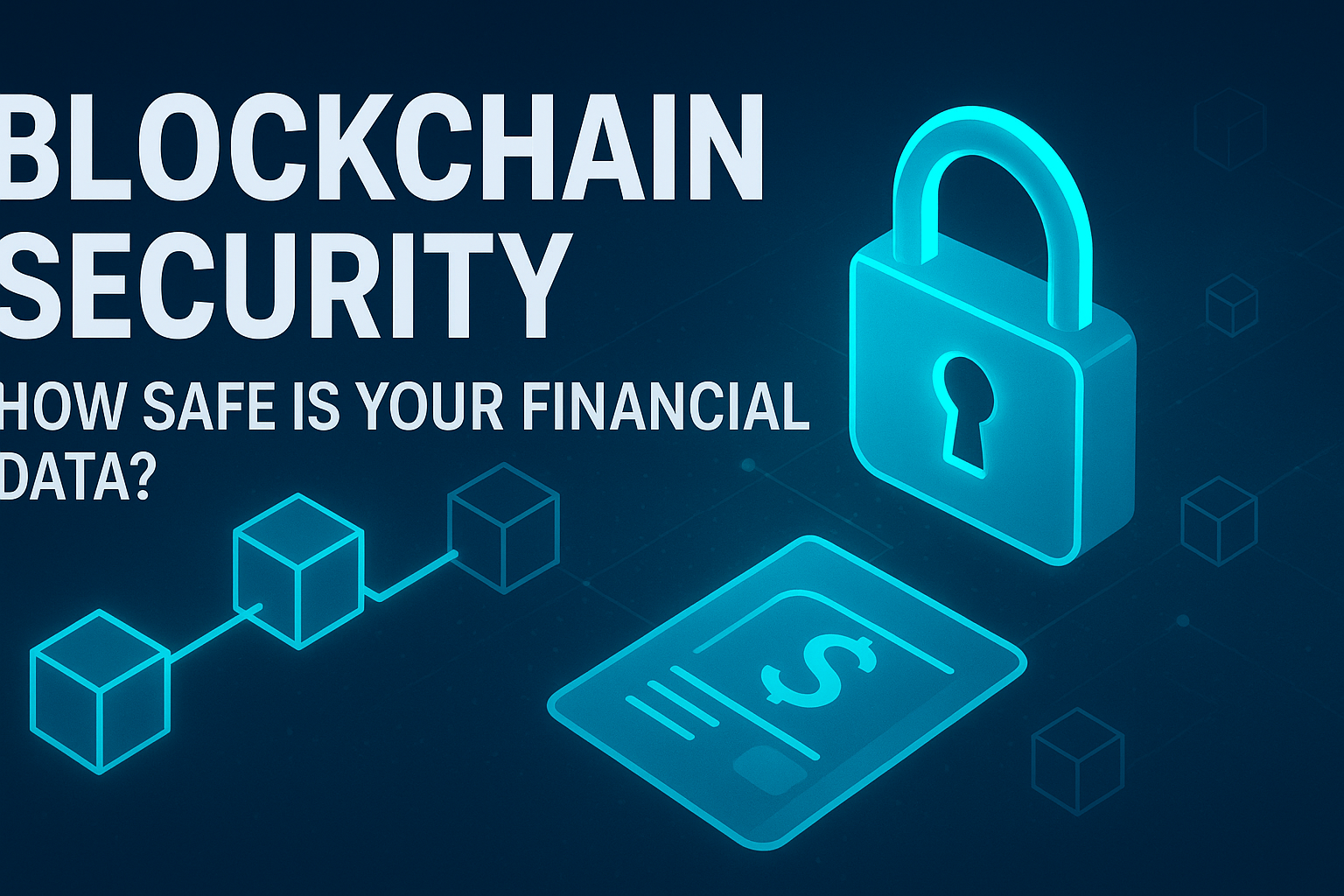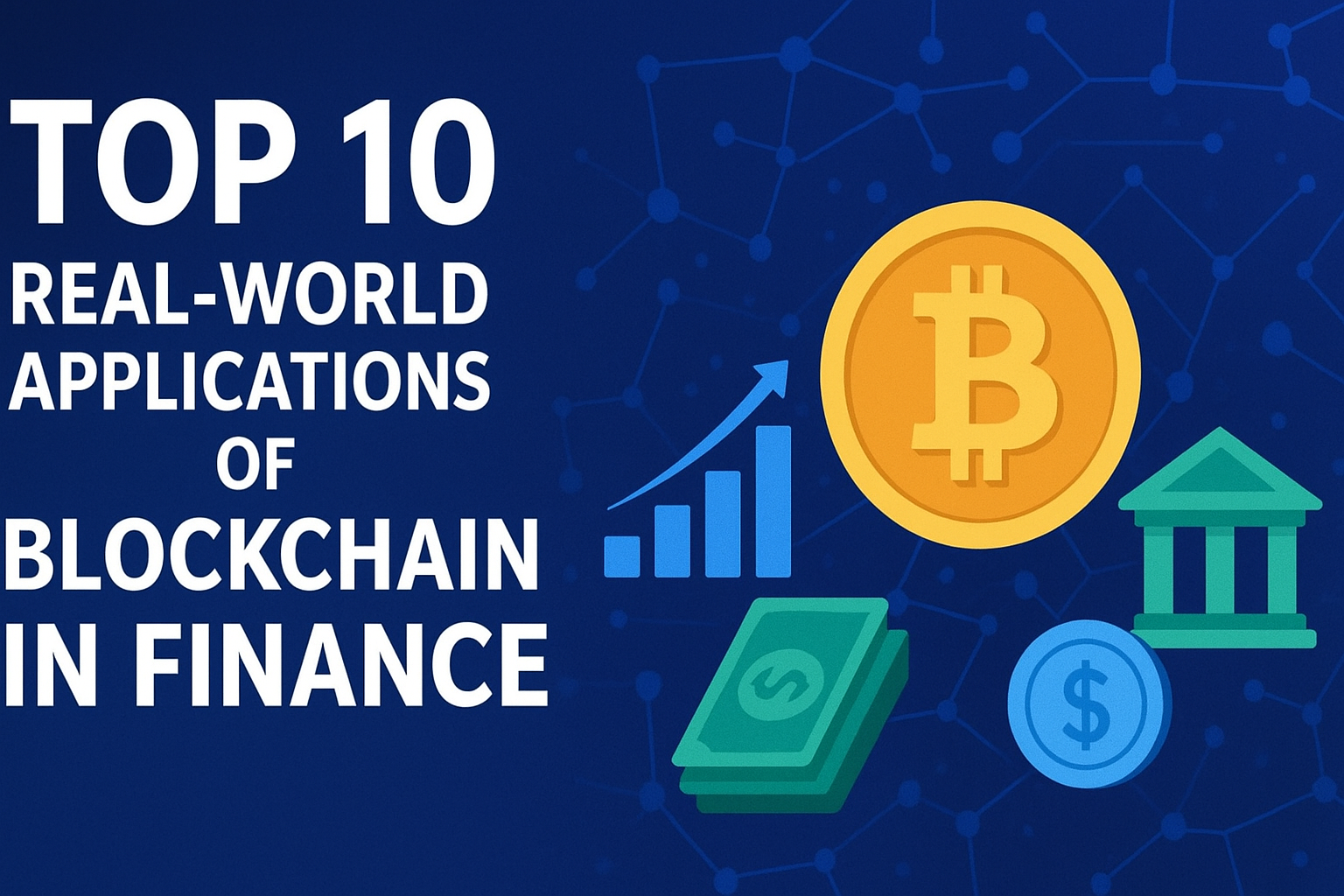Decentralized Finance (DeFi) and Blockchain: A Simple Guide
The world of finance is undergoing a massive transformation. From banks and payment processors to loans and investments, everything is becoming faster, smarter, and more transparent. The driving force behind this change? Blockchain technology and the rise of Decentralized Finance (DeFi).
In this guide, we’ll break down what DeFi is, how it works, and why it’s reshaping the global financial system — all in simple, easy-to-understand terms.
What is Decentralized Finance (DeFi)?
Decentralized Finance, or DeFi, refers to a new financial system built on blockchain networks. Unlike traditional finance, where banks and governments control transactions, DeFi removes the middlemen. Instead, it uses smart contracts — self-executing agreements written in code — to manage transactions automatically.
DeFi aims to make financial services open to everyone, regardless of location, income level, or banking access. All you need is an internet connection and a digital wallet.
In short:
DeFi = Open, transparent, borderless financial ecosystem built on blockchain.
How Blockchain Powers DeFi
DeFi wouldn’t exist without blockchain technology. Blockchain acts as the foundation that keeps the system secure and transparent.
Here’s how it works:
- Decentralization: Data is stored across a network of computers (nodes), not on a central server.
- Transparency: Every transaction is visible on the blockchain ledger.
- Security: Transactions are verified through cryptography, making it nearly impossible to alter data.
- Automation: Smart contracts handle agreements automatically when predefined conditions are met.
Most DeFi applications are built on the Ethereum blockchain, but other networks like Binance Smart Chain, Solana, and Avalanche are also gaining popularity.
Key Components of DeFi
To understand how DeFi functions, let’s look at its main building blocks:
1. Smart Contracts
Smart contracts are self-executing programs that run when certain conditions are met. They eliminate intermediaries like banks or brokers. For example, a smart contract could automatically transfer payment once a service is completed.
2. Decentralized Applications (dApps)
DeFi runs through decentralized apps, or dApps, which operate on blockchain networks. These applications offer services like lending, borrowing, trading, and staking — all without traditional banks.
3. Stablecoins
One of the challenges of cryptocurrencies is volatility. Stablecoins solve this by pegging their value to real-world assets like the US dollar or gold. Popular stablecoins include USDT (Tether), USDC, and DAI.
4. Liquidity Pools
Liquidity pools are digital reserves of cryptocurrencies locked in smart contracts. They allow users to trade tokens easily while earning rewards for providing liquidity.
5. Yield Farming & Staking
These are popular DeFi investment strategies.
- Yield farming lets users earn interest or rewards by lending or staking crypto assets.
- Staking involves locking up tokens to support network operations in exchange for rewards.
Benefits of Decentralized Finance
DeFi offers several advantages over traditional financial systems:
1. Accessibility
Anyone with an internet connection can access DeFi services, removing barriers for the unbanked population worldwide.
2. Transparency
All transactions are recorded on the blockchain, meaning anyone can verify them. This drastically reduces fraud and corruption.
3. Control
Users maintain full control over their assets. There’s no need to rely on banks or institutions to approve transactions.
4. Efficiency
Transactions happen in real time without waiting for manual approval or clearing houses.
5. Innovation
DeFi encourages new financial products — from decentralized exchanges (DEXs) to automated lending platforms — promoting creativity in the fintech space.
Popular DeFi Platforms and Use Cases
Here are some major players driving the DeFi revolution:
- Uniswap: A decentralized exchange (DEX) that enables crypto trading without intermediaries.
- Aave: A lending platform that lets users borrow and lend crypto assets.
- Compound: Another DeFi lending protocol offering interest for lenders.
- MakerDAO: A decentralized platform behind the DAI stablecoin.
- Curve Finance: Focused on stablecoin trading with low fees and slippage.
Real-world use cases include:
- Peer-to-peer lending
- Decentralized insurance
- Tokenized real estate
- Cross-border payments
- Crowdfunding and investment management
Challenges and Risks of DeFi
While DeFi offers exciting opportunities, it’s not without challenges. Understanding the risks is crucial before investing or participating.
1. Smart Contract Bugs
Even small coding errors in smart contracts can lead to large-scale hacks or losses.
2. Regulatory Uncertainty
Governments are still figuring out how to regulate DeFi. Sudden policy changes can affect platforms and investors.
3. Market Volatility
Since most DeFi projects rely on cryptocurrencies, sharp price swings can cause instability.
4. Scams and Rug Pulls
Some projects turn out to be fraudulent. Always research before investing.
5. User Responsibility
In DeFi, there’s no central authority to recover lost funds. Users must manage their private keys securely.
The Future of DeFi and Blockchain
DeFi is still in its early stages, but its potential is enormous. As blockchain technology matures, DeFi could reshape how we handle money, lending, and even governance.
Here’s what the future might hold:
- Cross-chain interoperability: Seamless communication between different blockchains.
- Improved scalability: Faster transactions and lower fees.
- Greater institutional adoption: Banks and fintech firms integrating DeFi features.
- Enhanced security: Better auditing and safer smart contract standards.
With continuous innovation and mainstream adoption, DeFi might one day become as common as online banking — only faster, fairer, and more inclusive.
Conclusion
Decentralized Finance (DeFi) is redefining the future of money. By removing intermediaries and relying on blockchain technology, it creates a fairer, more transparent, and globally accessible financial ecosystem.
While challenges like regulation and security remain, the opportunities are vast. For anyone interested in the future of finance, understanding DeFi is no longer optional — it’s essential.
DeFi isn’t just a trend — it’s the next step in the evolution of global finance.






